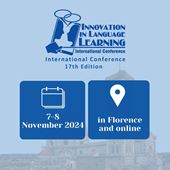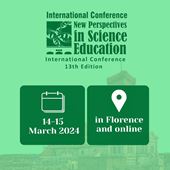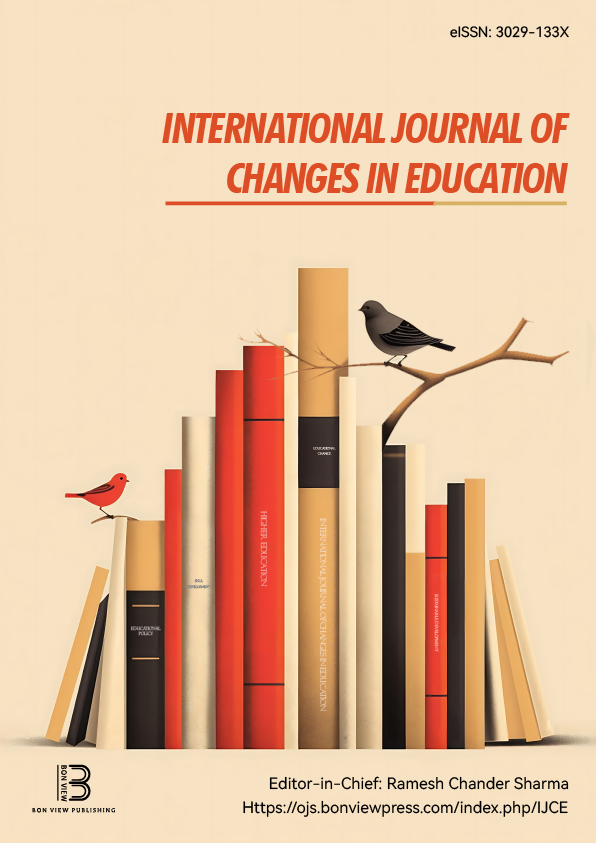Interdemocracy
Onno Hansen-Staszyński, Drog (The Netherlands)
Beata Staszyńska-Hansen, Fundacja Citizen Project (Poland)
Abstract
We live in liquid times, according to sociologist Bauman: changes occur too swift for reflections to emerge while we live in permanent fear. We also live in times of affective polarisation: we see our in-groups as morally superior while out-groups are considered evil. Adolescents react to this context by withdrawal to safe islands of family and friends. Anything outside these islands brings them discomfort. This, together with timeless adolescent characteristics (peer pressure, intense emotions in the presence of peers, difficulty controlling emotions once they arise) leads, especially when discussing potentially divisive topics, to a classroom in which negative emotional exchanges of judgments among students are common. As a result, it difficult for students to articulate their convictions, as they fear negative judgment, and to listen to convictions that differ from their own without reacting immediately and negatively. This means, adolescents face enormous difficulties acquiring the citizen skills that Bauman prescribes for our liquid times: to engage in dialogue, resolve conflicts, and reach agreements. Our solution, Interdemocracy, is to return to basics in the classroom. Students need to learn to listen without immediate negative judgment and to articulate their convictions without fear of being judged. Interdemocracy is an educational method and format recognized by the European Commission as a good practice. At its core, it involves creating a space between people (‘inter’) by temporarily suspending group loyalty and judgment. In this space, individuals can show and absorb otherness based on their own experiences (‘democracy’). Interdemocracy consists of a set of specific didactic tools. These didactic tools are used within a repetitive format. The tools (random selection, initial primacy of one-on-one interactions, no or neutral reactions only, speaking in the I-form, experience-informed answers, separation between evidence-informed and experience-informed, from reflection to publication) and format (check-in, introduction, dialogue form, check-out) will be described in the paper.
Keywords: Adolescents, setting the scene, safe communication
REFERENCES
Zygmunt Bauman (2005) Liquid life; (2007) Liquid times
 The Future of Education
The Future of Education





























